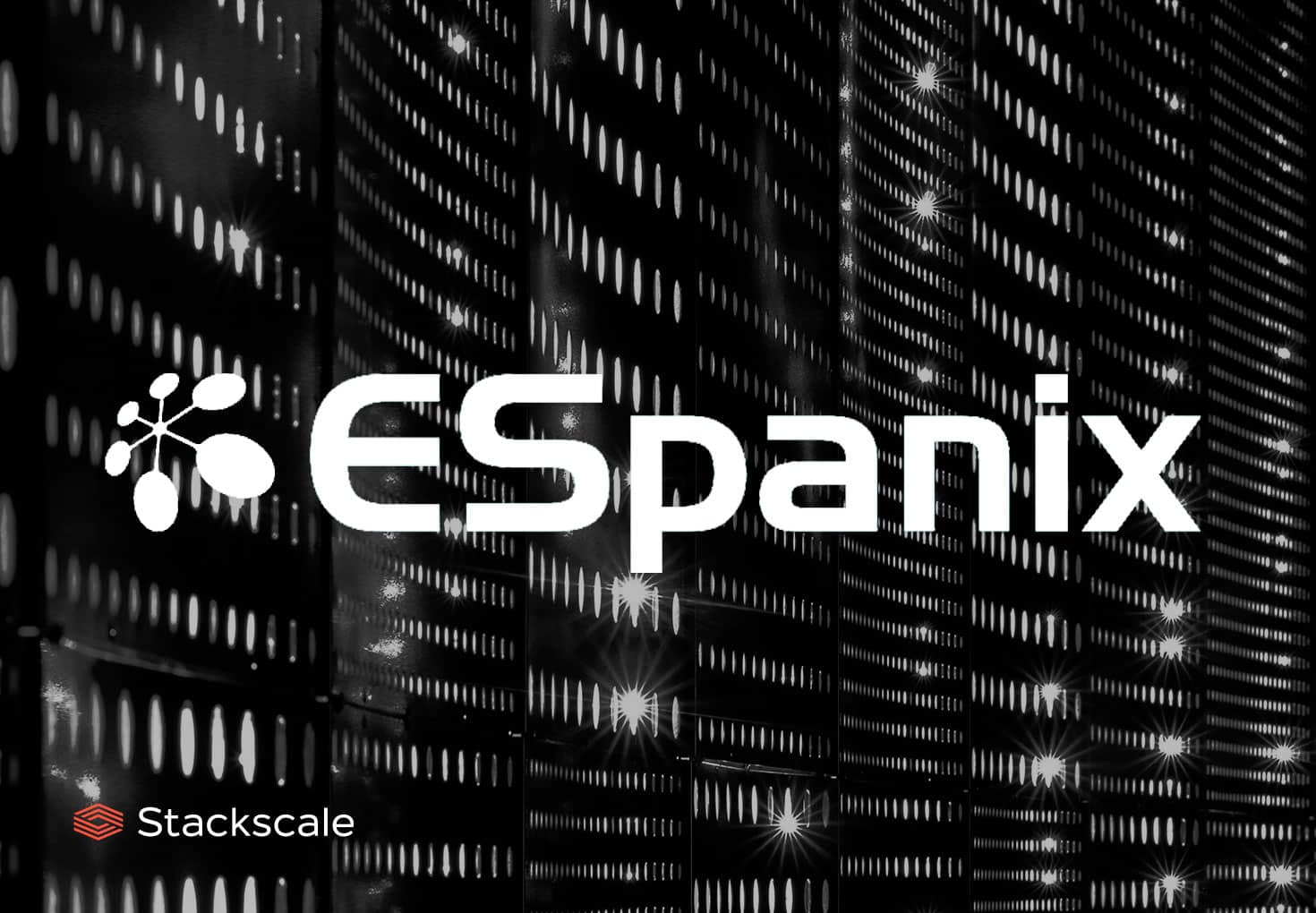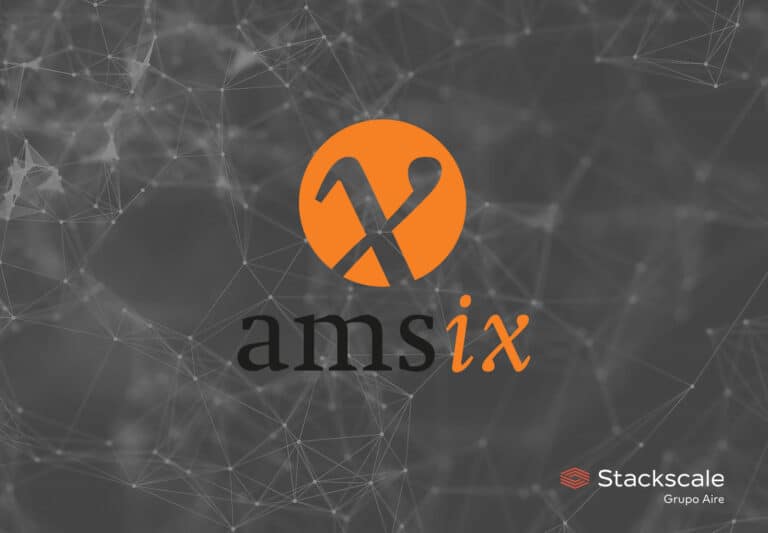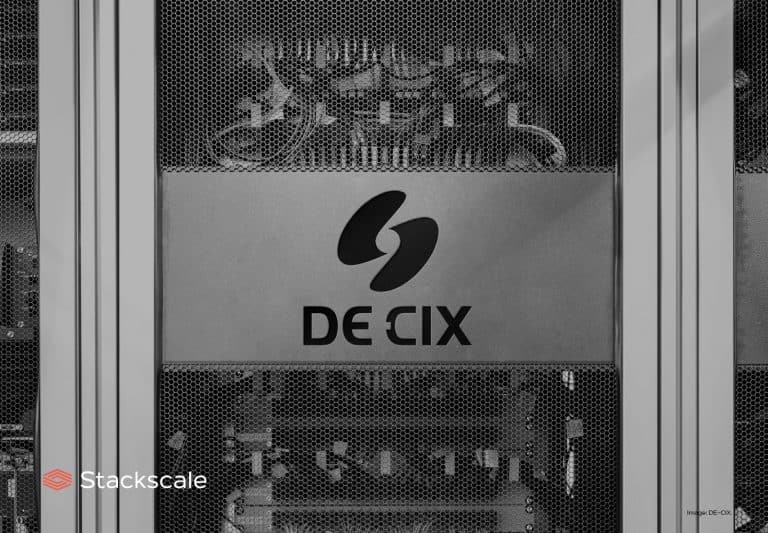ESpanix is a Spanish non-profit organization that manages and maintains a neutral Internet Exchange Point in Spain. Stackscale is connected to ESpanix with a clear objective: improving the connection routes to all providers that exchange traffic there.
ESpanix’ Infrastructure and interconnection
ESpanix Internet Exchange Point has its own data center in Madrid and its own team available 24/7. Moreover, it has transmission equipment in the most prestigious data centers of Madrid; from which they also guarantee access to all its interconnection services. The goal of this Spanish IXP is to provide an interconnection platform and a neutral interconnection facility to all its members.
Security is one of the strengths of this Internet Exchange Point, thanks to its double network structure prepared against failures. Regarding its traffic, as of September 2023, ESpanix transfers more than 980 Gbps, on average. Besides, this Internet Exchange Point has reached peaks above 1.40 Tbps.
Aggregated traffic
The following graph shows an example of ESpanix’ aggregated traffic of September 2023. The daily updated graph is available on its website.
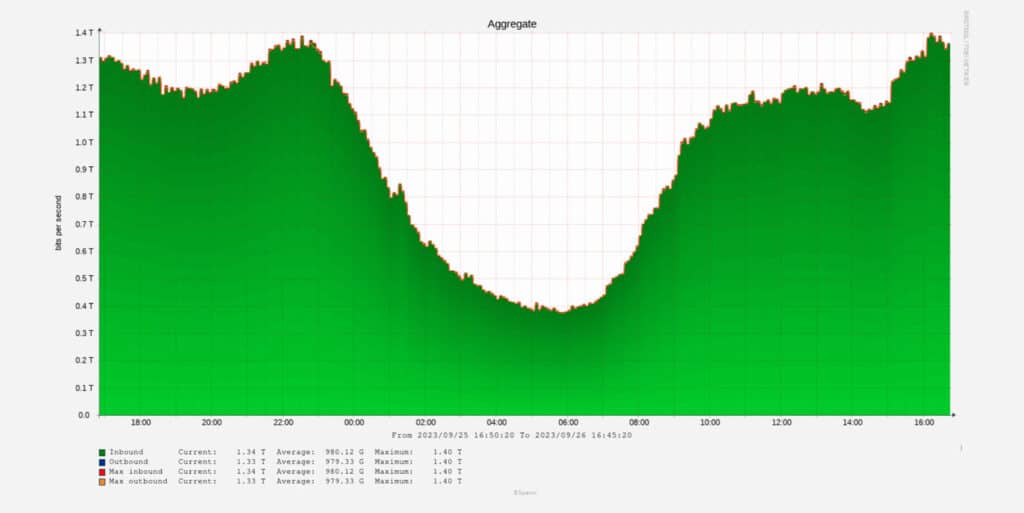
IPv6 ratio
Regarding the adoption of the IPv6 protocol, as of September 2023, ESpanix IPv6 ratio is 3.93, on average.
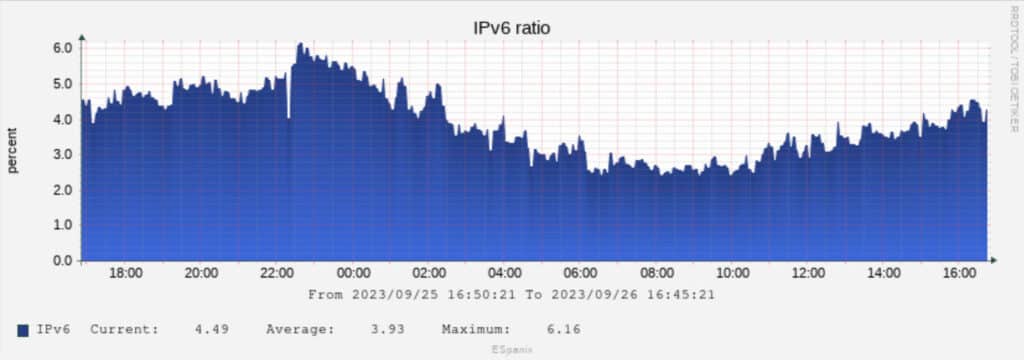
ESpanix’ history and evolution
ESpanix Internet Exchange Point was founded in 1997, thanks to the initiative of the Internet Users Association (Asociación de Usuarios de Internet, in Spanish). In 1998, ESpanix speed was only 10 Mbps. A tiny amount compared with its current traffic; since during its almost three decades of life, traffic has grown exponentially.
In 2002, ESpanix became the 5th European node in terms of traffic, with 4 Gbps. Four years later, in 2006, it reached 70 Gbps and went up to the 3rd position. In 2018, the IXP updated its trunk network and, as we mentioned before, it already exceeds 980 Gbps. In 2021, ESpanix reinforced the connections between its data centers with Nokia’s modular data center interconnect (DCI) solution, multiplying its capacity by ten.
Besides, the IXP undertook a modernization project of its own data center in 2019. This data center is the core of the ESpanix network, which is interconnected with the main service providers, content networks and fiber optics operators available.
IXPs in Spain and in the world
In addition to ESpanix, there are other Spanish IXPs: CATNIX in Barcelona, Euskonix in San Sebastián, GalNIX in Santiago de Compostela and WACIX.NET in the Canary Islands. Moreover, there are some international IXPs that have been established in Spain, such as DE-CIX Madrid and DE-CIX Barcelona.
As for the world’s IXPs, there are more than 150 exchange points distributed around the world. Here is the complete list of Internet Exchange Points.
Internet Exchange Points are physical infrastructures in charge of connecting the networks of Internet service providers and content providers to exchange traffic among them. They offer numerous benefits, such as: latency and bandwidth improvements, cost savings or an increase in routing efficiency. At Stackscale, in addition to ESpanix, we are interconnected with other Internet Exchange Points, to diverse Tier 1 operators and to a great number of companies through private peering agreements.

